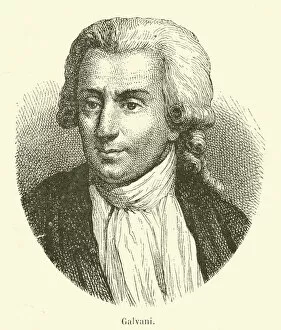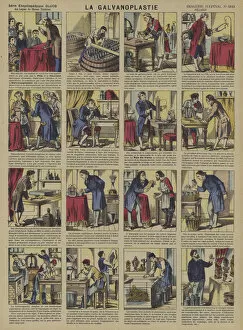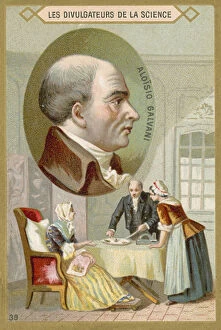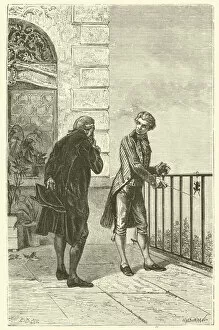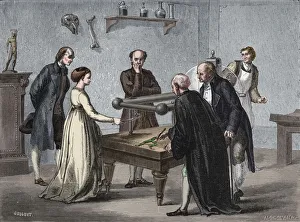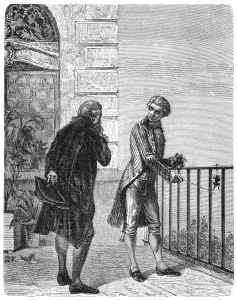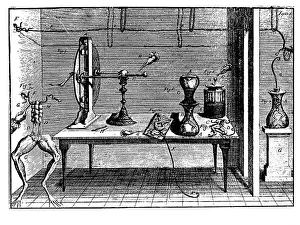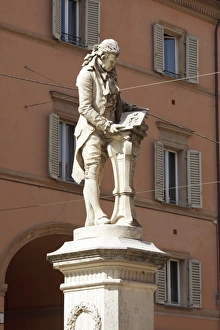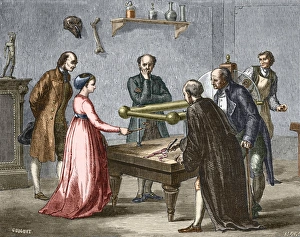Luigi Galvani Collection
Luigi Galvani, an Italian doctor and physicist of the 18th century, made groundbreaking discoveries in the field of electricity
All Professionally Made to Order for Quick Shipping
Luigi Galvani, an Italian doctor and physicist of the 18th century, made groundbreaking discoveries in the field of electricity. Through his experiments with frogs, he unraveled the mysteries of bioelectricity. In a captivating chromolitho portrait, Luigi Galvani's determined gaze reflects his dedication to scientific exploration. Another engraving showcases Luigi Galvani alongside a frog specimen, emphasizing his pivotal role in understanding animal physiology and nerve impulses. The oil on canvas painting titled "The Frog of Galvani" immortalizes this significant moment in scientific history. Galvani's most notable discovery occurred in 1780 when he observed that frog legs twitched when exposed to electrical currents. This remarkable finding paved the way for further research into electromagnetism and laid the foundation for modern neurophysiology. A vibrant color lithograph captures Luigi Galvani surrounded by apparatus used for electroplating—an innovative technique derived from his studies on electricity. This image symbolizes how Galvani's work transcended theoretical knowledge and found practical applications in various industries. In an intriguing chromolitho print from 1880, we see Luigi Galvani portrayed as both a doctor and physicist—a testament to his multidisciplinary approach towards science. His contributions extended beyond experimental findings; they encompassed medical practice as well. An engraving from 1894 commemorates "Galvanis Discovery, " paying homage to this revolutionary breakthrough that forever changed our understanding of electrical phenomena. It serves as a reminder of how one person's curiosity can reshape scientific paradigms. Luigi Galvanis' experiments with electricity in 1791 marked another milestone in his illustrious career. These endeavors propelled him into becoming one of Italy's most renowned physiologists during the Enlightenment era. Through these visual representations spanning different artistic mediums—chromolithos, engravings, oil paintings—we gain insight into Luigi Galvanis' immense impact on the scientific community.





